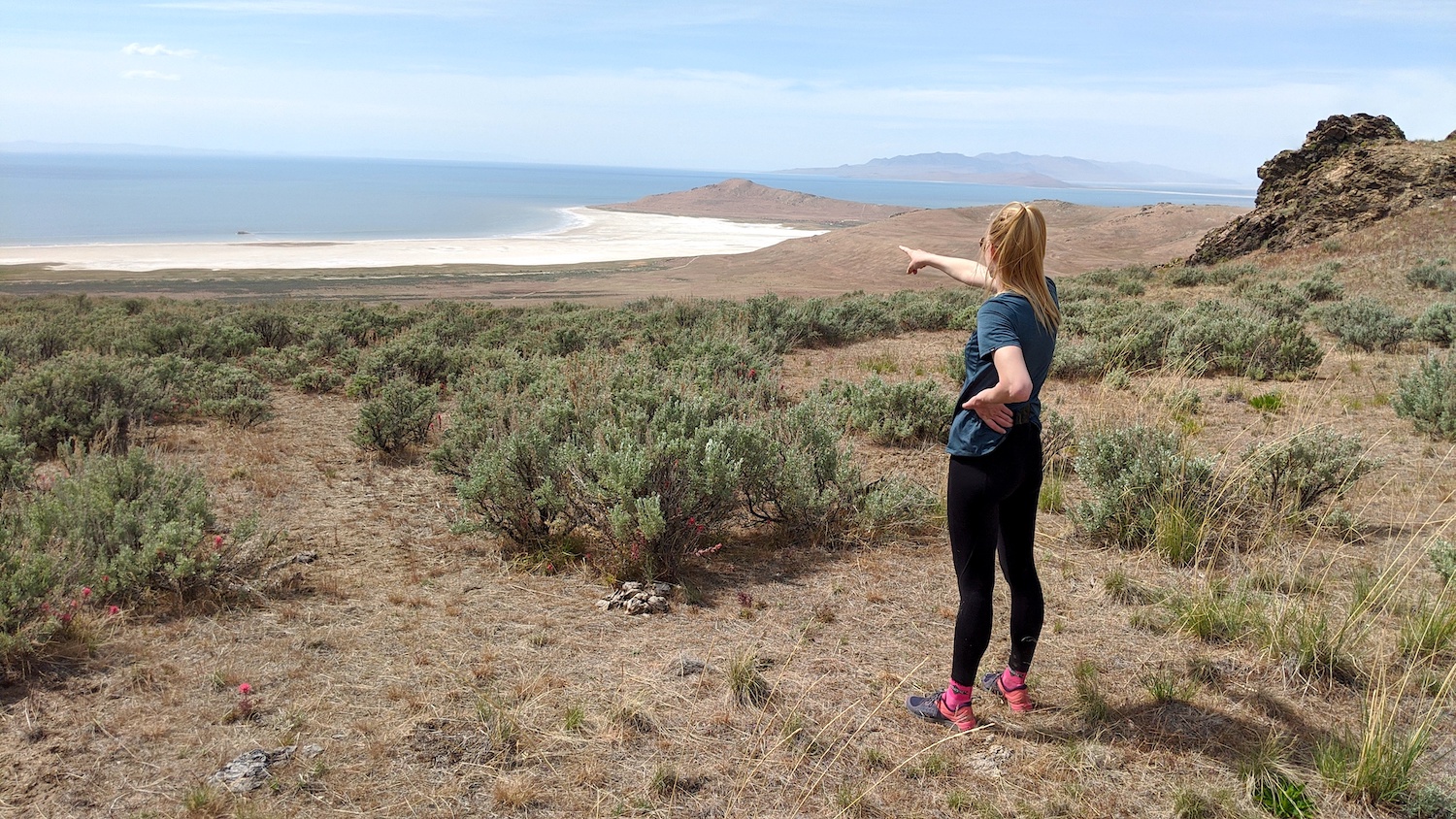
Report from May 17th, 2020
Yesterday, we ventured out to Antelope Island in the Great Salt Lake just west of Salt Lake City.
I’ve seen this island from afar 100 times, but never really thought about heading out there.
Yesterday we did and we were blown away.
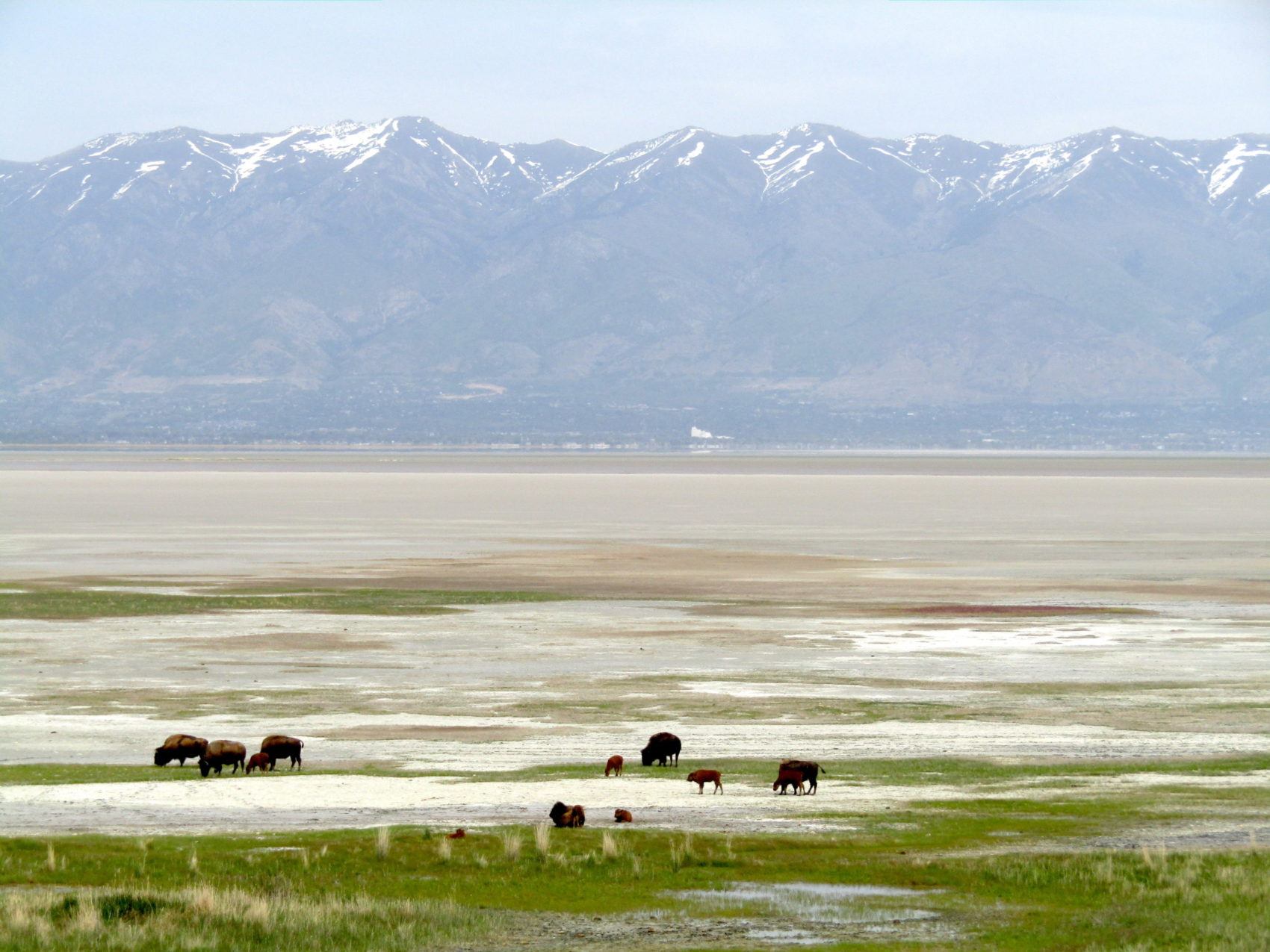
Right away, we saw buffalo and buffalo are too cool.
I’d only ever seen buffalo in Golden Gate Park in San Francisco and in Yellowstone National Park, WY.
To see them on this island in the middle of the Great Salt Lake was surreal.
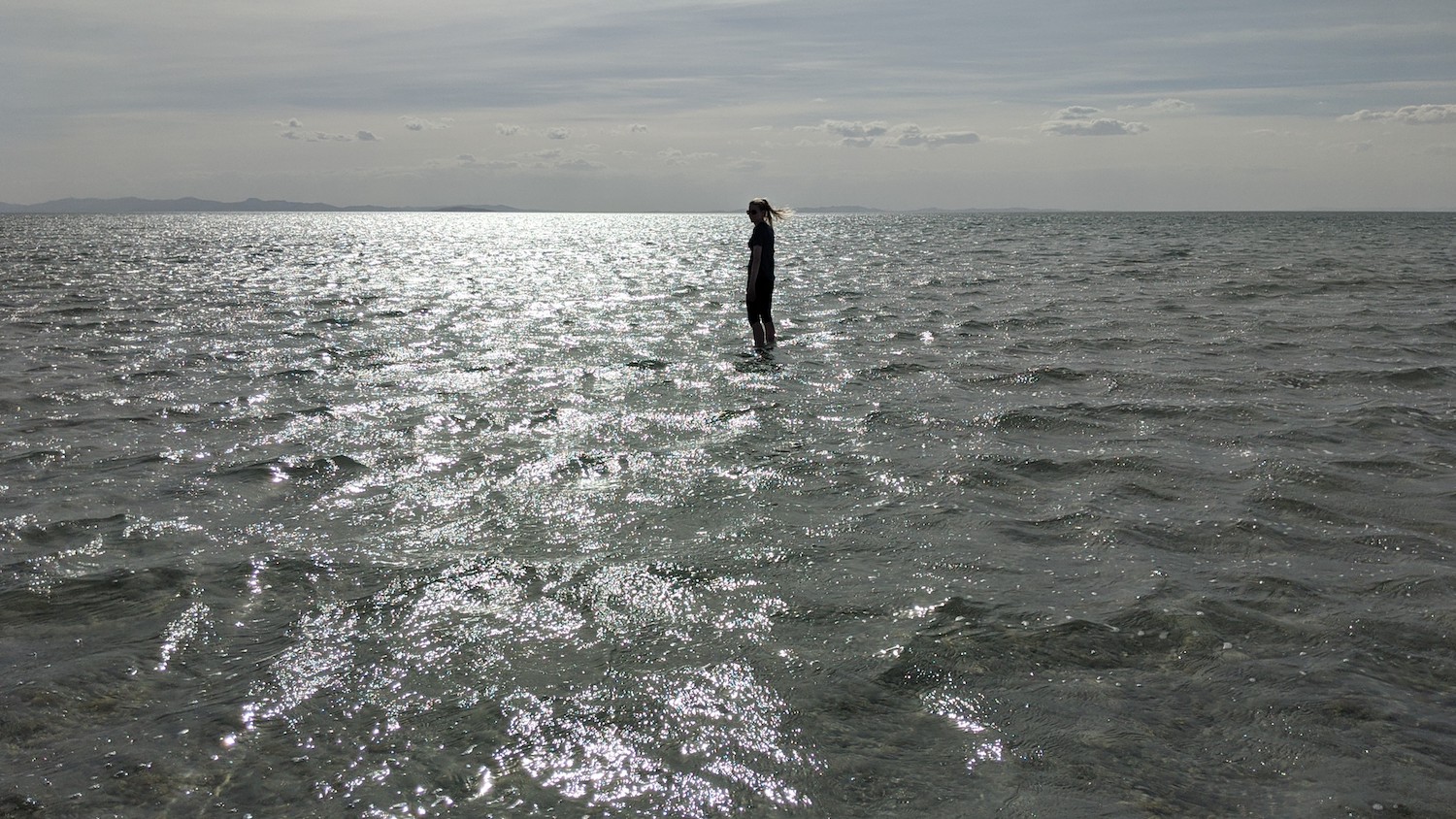
They appeared very content on their adopted island home.
There were once 30 to 75 million buffalo wandering the Great Plains of North America.
By the year 1900 there were reportedly only 300 Buffalo left in North America thanks to overhunting by the white man.
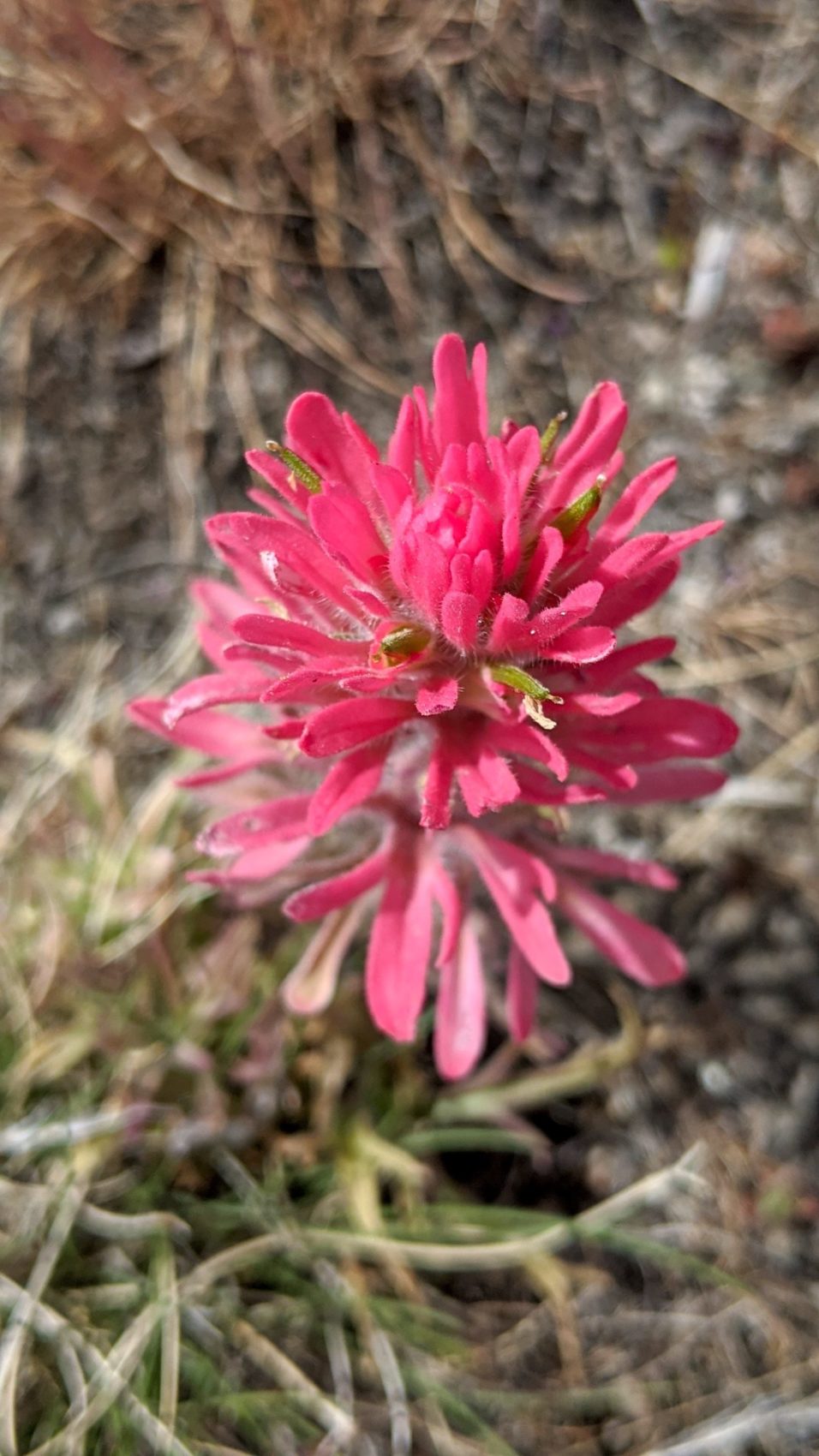
Today, there are about 200,000 buffalo (American Bison) in North America.
Once we got over the excitement of seeing buffalo, we went on a hike to the ridgeline and were impressed with both the wildflowers and the western views into the Great Salt Lake.
It looked very similar to many a view in Baja California when we’ve been down there on surf trips.
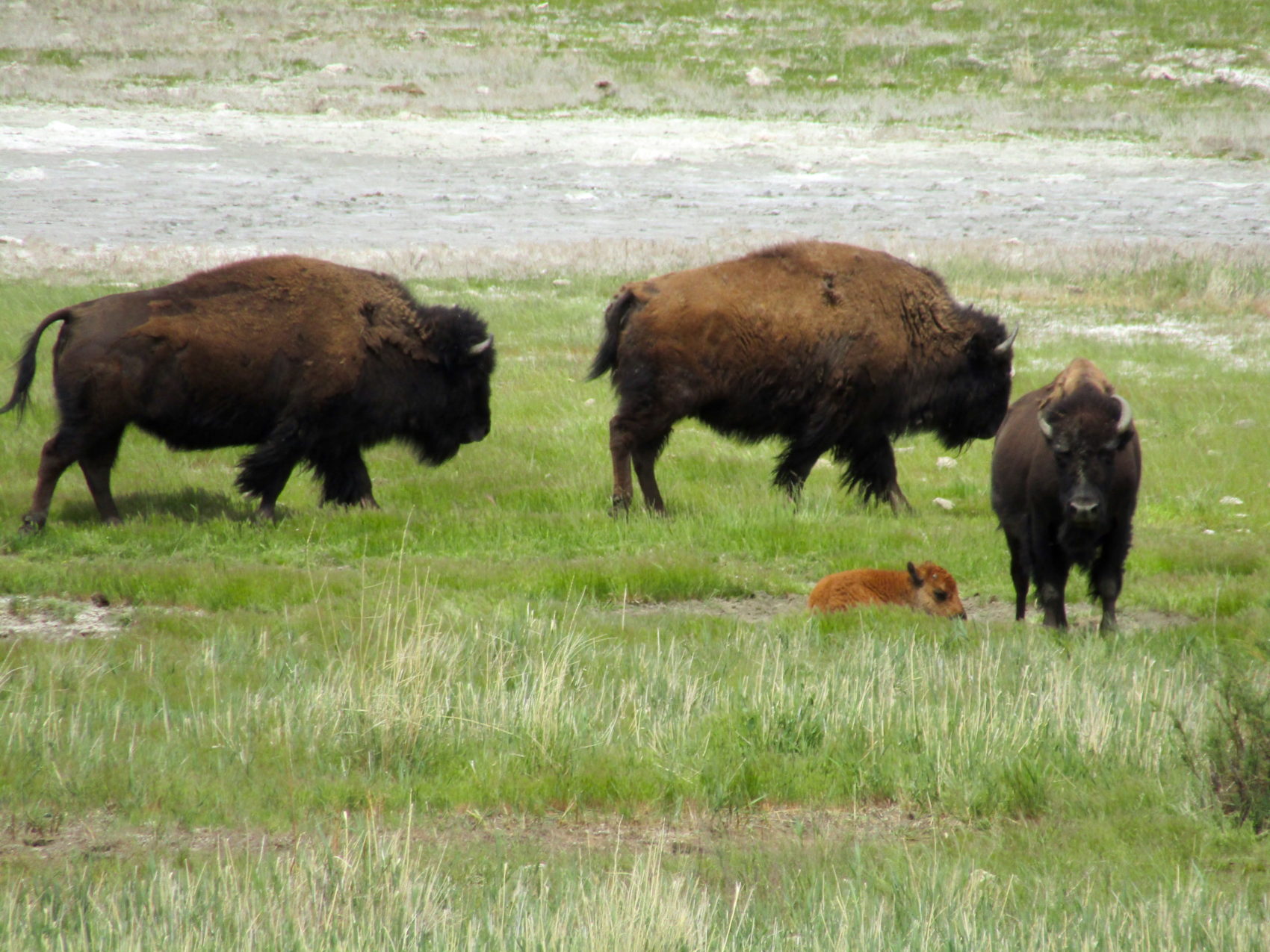
I couldn’t help but wish that the Great Salt Lake had waves to surf.
If there were surfable waves in the Great Salt Lake, Utah would be pretty tough to beat.
After this ridge walk, we headed down to the western beaches and were surprised by how clear the water was.
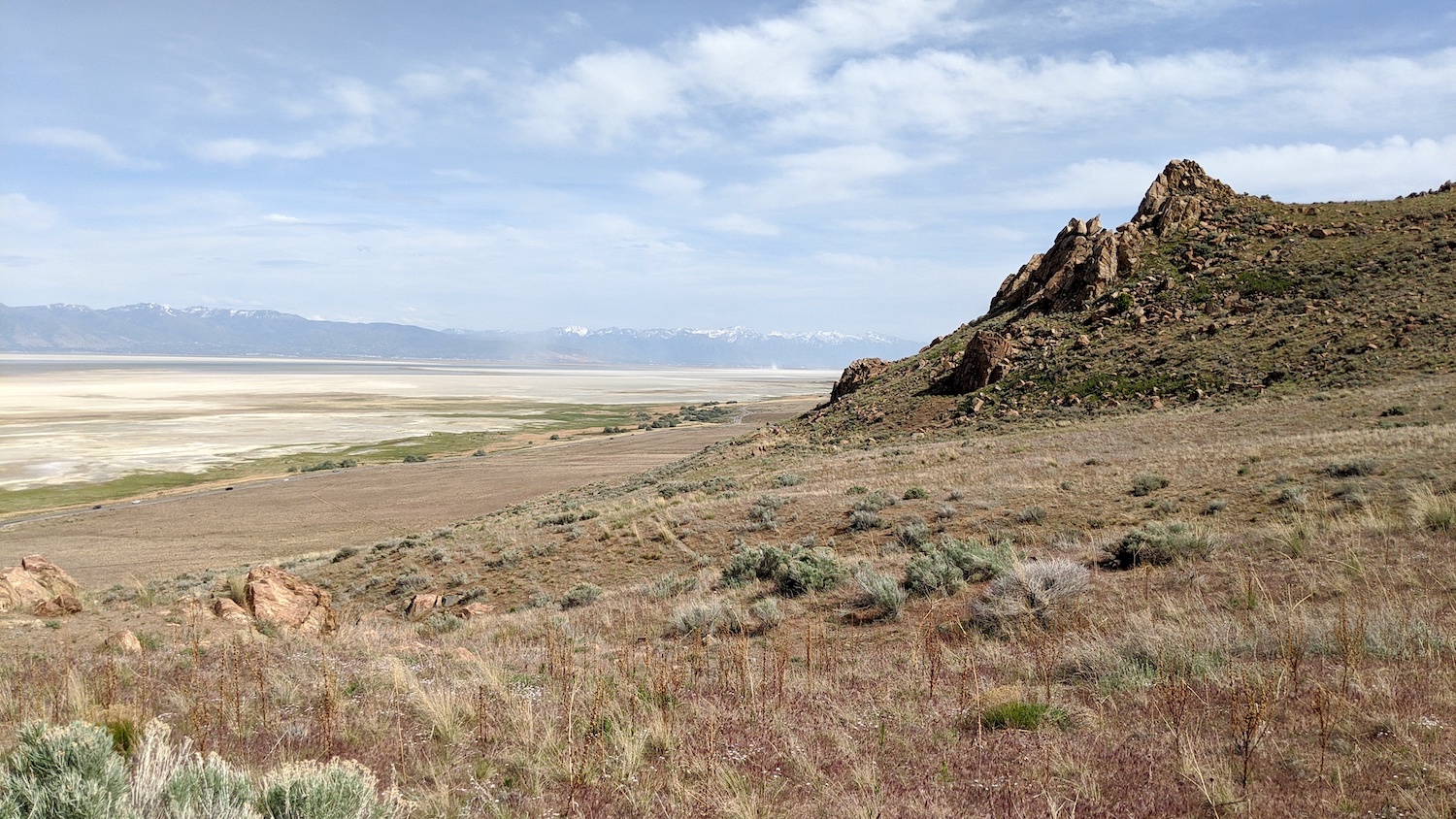
It’s also incredibly salty.
Much more salty than the ocean.
We waded in the water a long while.
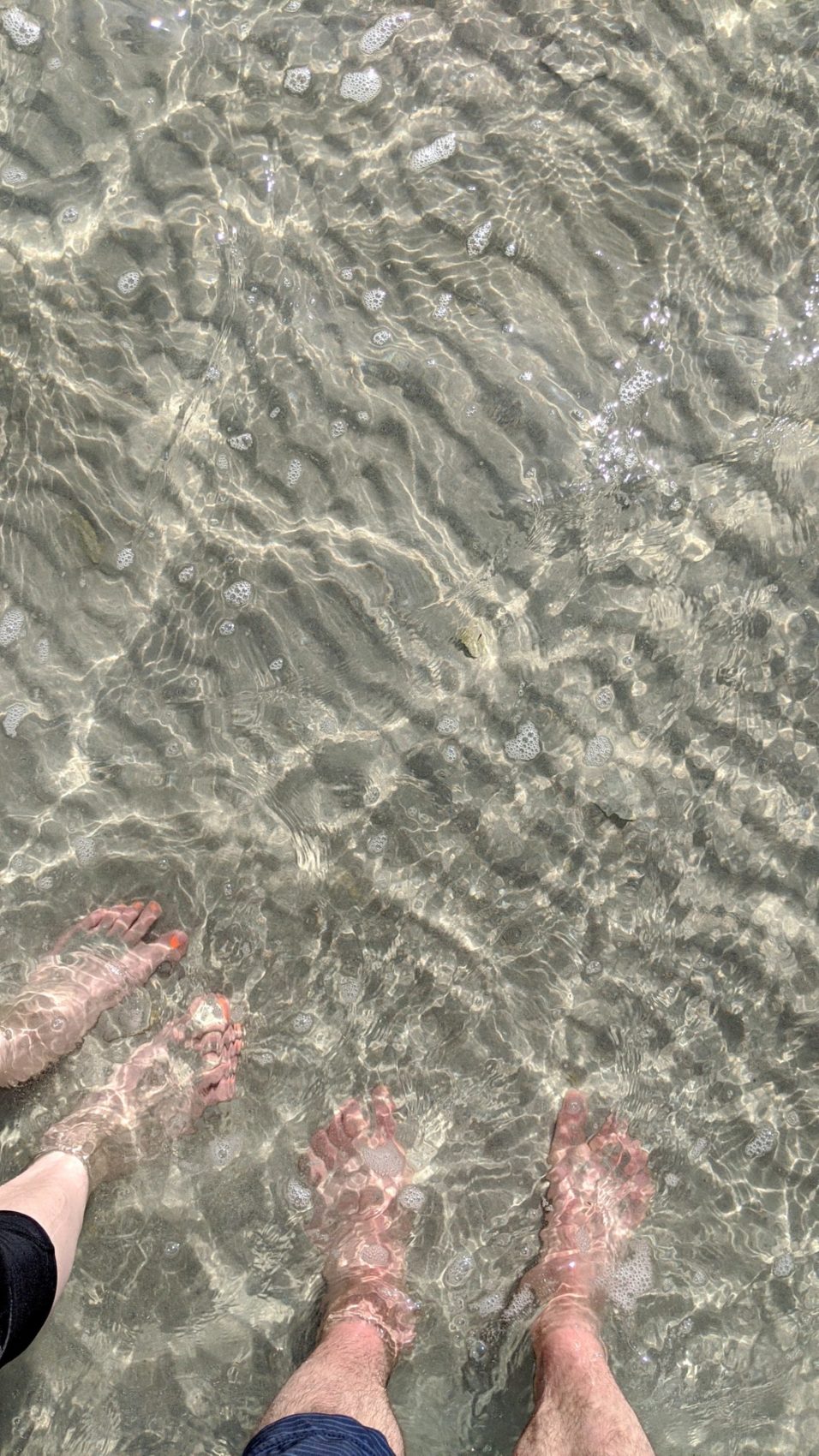
It felt like we were at the ocean and we loved it…
If you go to Antelope Island, we strongly recommend gaping at the buffalo then going on a hike up Frary Peak and finally hitting the western beaches and getting in the water.
We also recommend going in early May.
Even yesterday, May 18th, was almost too hot – 86ºF but with a steady, cooling wind luckily.
Supposedly the biting gnats of the lake are out this time of year, but it was too windy yesterday for them and we didn’t see one.

Antelope Isalnd Fun Facts:
- The Great Salt Lake’s deepest spot is 33′ and it’s 14′ deep on average.
- The Great Salt Lake’s salinity ranges from 5-27% (the ocean’s salinity is 3.5% and the dead sea is 33.7%)
- Antelope Island has over 40 freshwater springs – which is what sustains all the wildlife there.
- About 600 American Bison (Buffalo) live on Antelope Island.
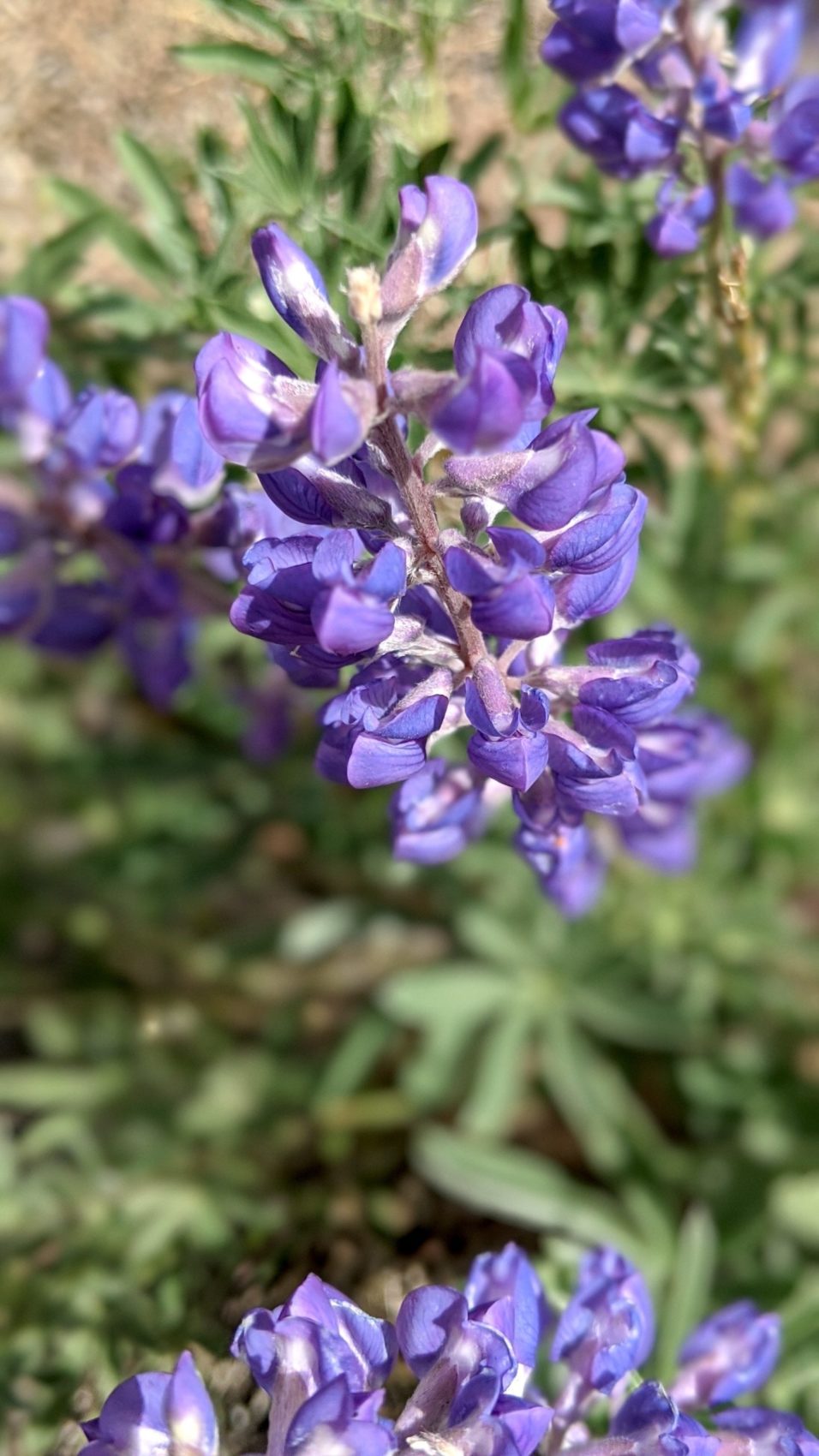
About Antelope Island:
by Wikipedia
Antelope Island, with an area of 42 square miles (109 km2), is the largest of ten islands located within the Great Salt Lake, Utah, United States. The island lies in the southeastern portion of the lake, near Salt Lake City and Davis County, and becomes a peninsula when the lake is at extremely low levels. It is protected as Antelope Island State Park.
The first known non-natives to visit the island were John C. Frémont and Kit Carson during exploration of the Great Salt Lake in 1845, who “rode on horseback over salt from the thickness of a wafer to twelve inches” and “were informed by the Indians that there was an abundance of fresh water on it and plenty of antelope”.[3] It is said they shot a pronghorn antelope on the island and in gratitude for the meat they named it Antelope Island.
Antelope Island has natural scenic beauty and holds populations of pronghorn, bighorn sheep, American bison, porcupine, badger, coyote, bobcat, mule deer, and millions of waterfowl. The bison were introduced to the island in 1893, and Antelope Island bison herd has proven to be a valuable genetic pool for bison breeding and conservation purposes. The bison do well, because much of the island is covered by dry, native grassland.
The geology of Antelope Island consists mostly of alluvial plains with prairie grassland on the north, east and south of the island, along with a mountainous central area of older Precambrian metamorphic and igneous rocks and late Precambrian to Paleozoic sedimentary rocks, covered by a thin layer of Quaternary lake deposits, colluvium and alluvium.[4] The Precambrian deposits on Antelope Island are some of the oldest rocks in the United States, older even than the Precambrian rocks at the bottom of the Grand Canyon.
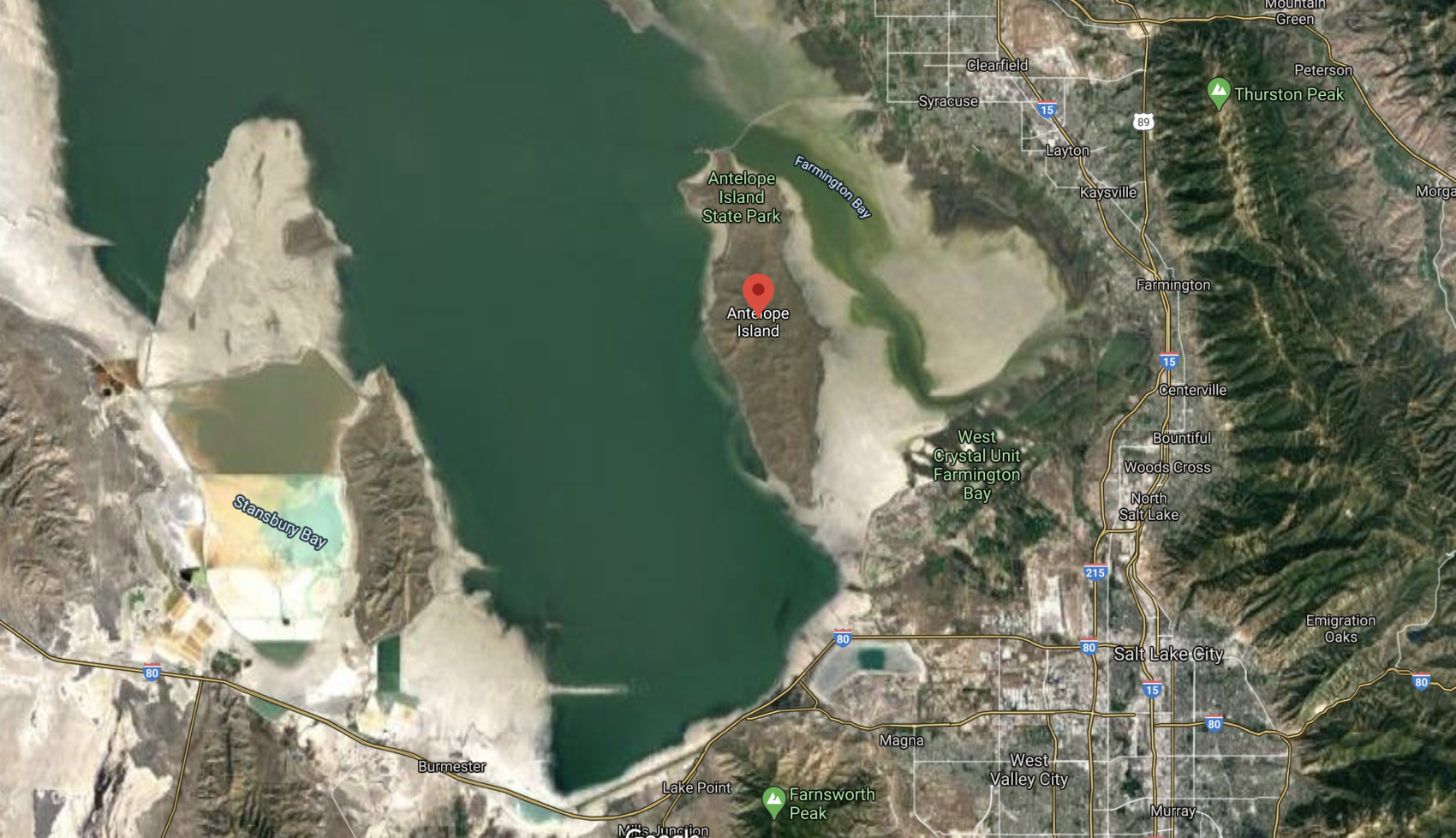
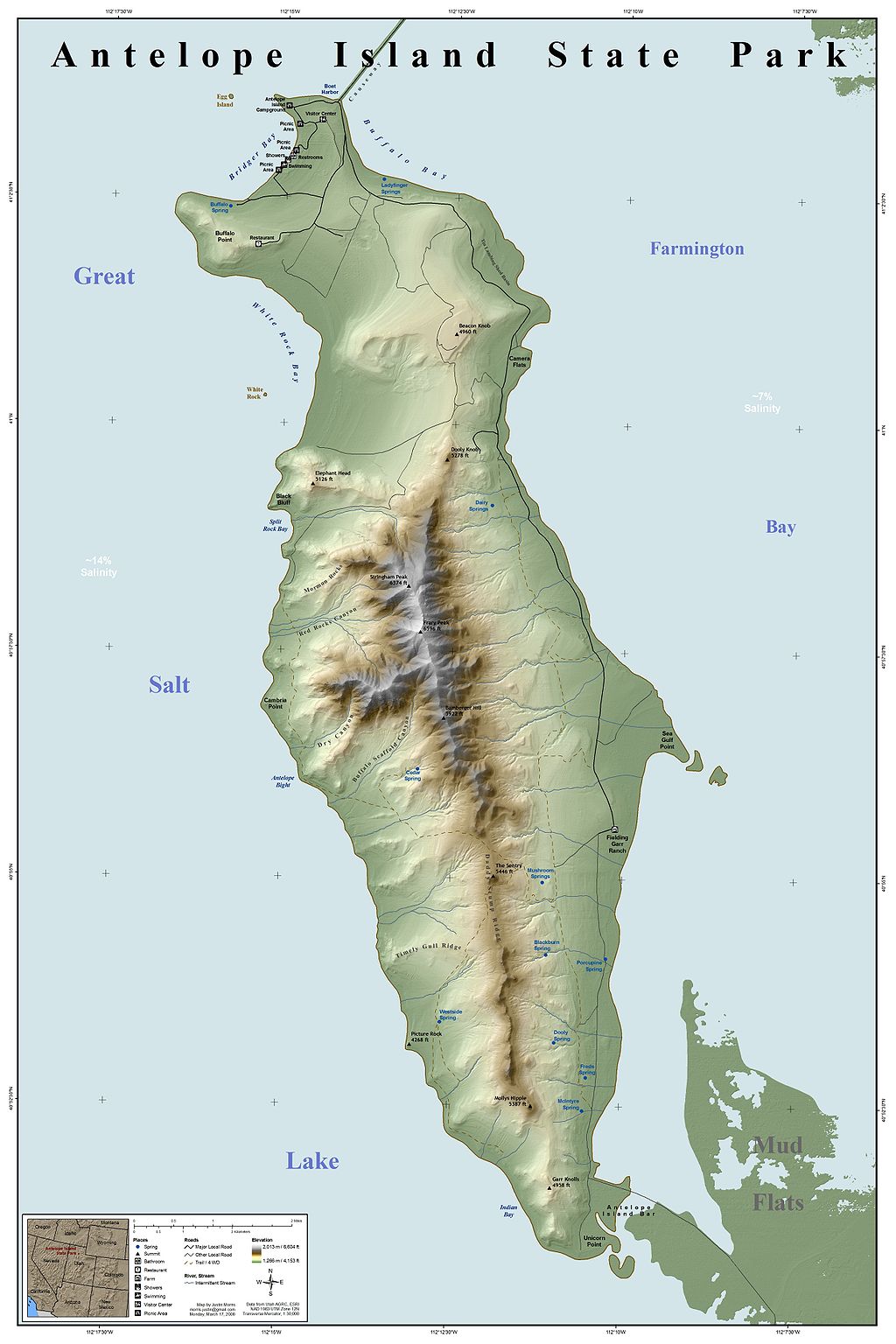
About The Great Salt Lake:
by Wikipedia
The Great Salt Lake, located in the northern part of the U.S. state of Utah, is the largest salt water lake in the Western Hemisphere,[1] and the eighth-largest terminal lake in the world.[2] In an average year the lake covers an area of approximately 1,700 square miles (4,400 km2),[2] but the lake’s size fluctuates substantially due to its shallowness. For instance, in 1963 it reached its lowest recorded size at 950 square miles (2,460 km²), but in 1988 the surface area was at the historic high of 3,300 square miles (8,500 km2).[2] In terms of surface area, it is the largest lake in the United States that is not part of the Great Lakes region.
The lake is the largest remnant of Lake Bonneville, a prehistoric pluvial lake that once covered much of western Utah. The three major tributaries to the lake, the Jordan, Weber, and Bear rivers together deposit approximately 1.1 million tons of minerals in the lake each year.[1] As it is endorheic (has no outlet besides evaporation), it has very high salinity (far saltier than seawater) and its mineral content is steadily increasing. Due to the high density resulting from its mineral content, swimming in the Great Salt Lake is similar to floating. Its shallow, warm waters cause frequent, sometimes heavy lake-effect snows from late fall through spring.
Although it has been called “America’s Dead Sea“,[3] the lake provides a habitat for millions of native birds, brine shrimp, shorebirds, and waterfowl, including the largest staging population of Wilson’s phalarope in the world.[4]
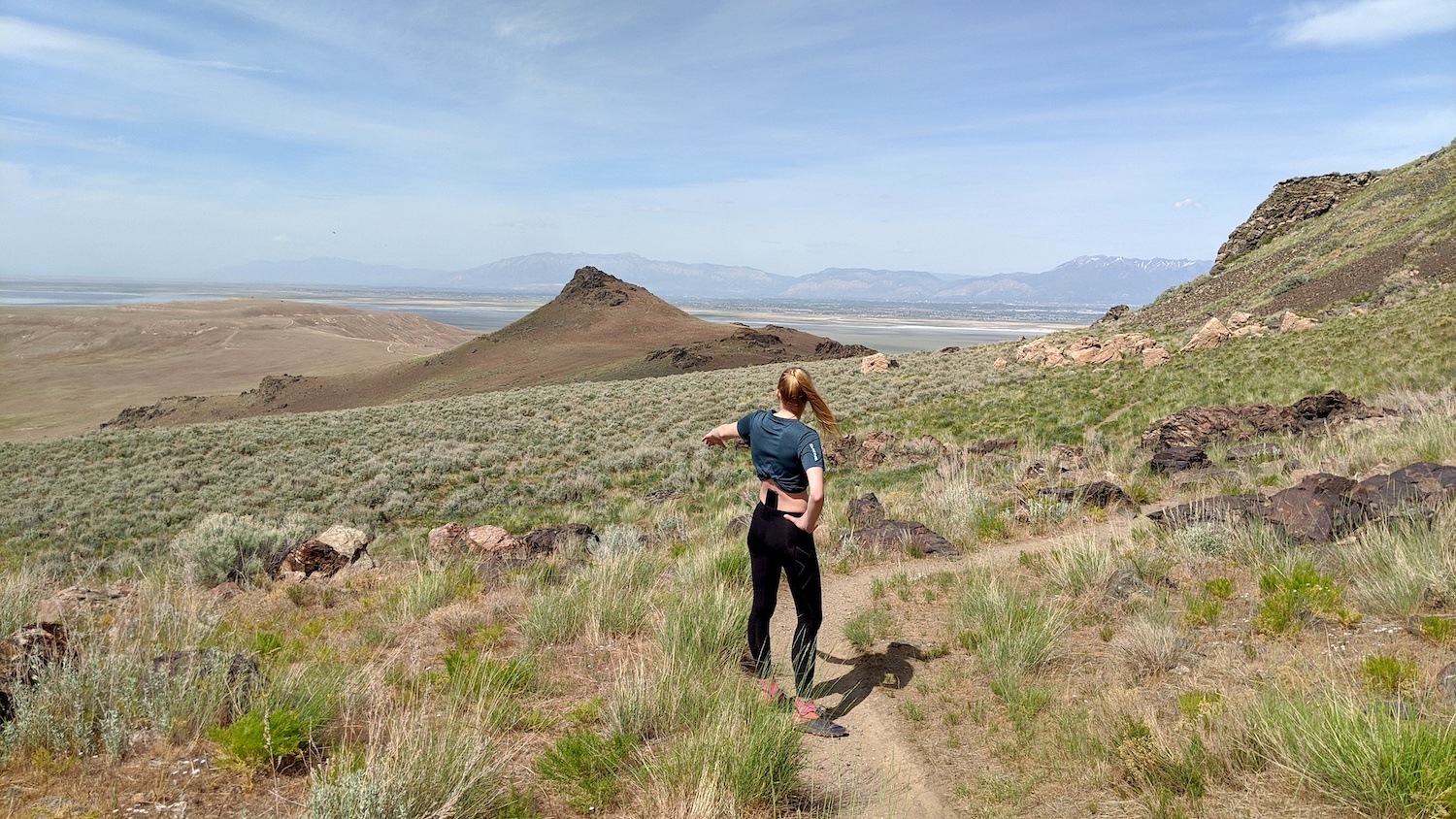
About The Antelope Island Buffalo Herd:
by Wikipedia
The Antelope Island bison herd is significant because it is one of the largest and oldest publicly owned bison herds in the nation.[2] It is one of the two bison herds managed by the State of Utah, the other being the Henry Mountains bison herd. The Antelope Island bison herd currently numbers between 550 and 700 individuals. Other large free-ranging, publicly controlled herds of bison in the United States include the Yellowstone Park bison herd (3,500 bison), the herd in Custer State Park, South Dakota (1,300 bison),[3] the Henry Mountains bison herd in south-central Utah (300 to 500 animals), the herd at Wind Cave National Park in South Dakota (350 bison), and the 400-strong National Bison Range Herd near Flathead Lake, Montana. In addition, though the bison on Antelope Island are Prairie bison, which was the most common bison subspecies in North America, the bison have a distinct genetic heritage from many of the other bison herds in the United States and they are considered to be desirable as part of the breeding and foundation stock for other bison herds, because of their separate genetic heritage and some of the distinct genetic markers that are found in the population.
Antelope Island Photo Tour:
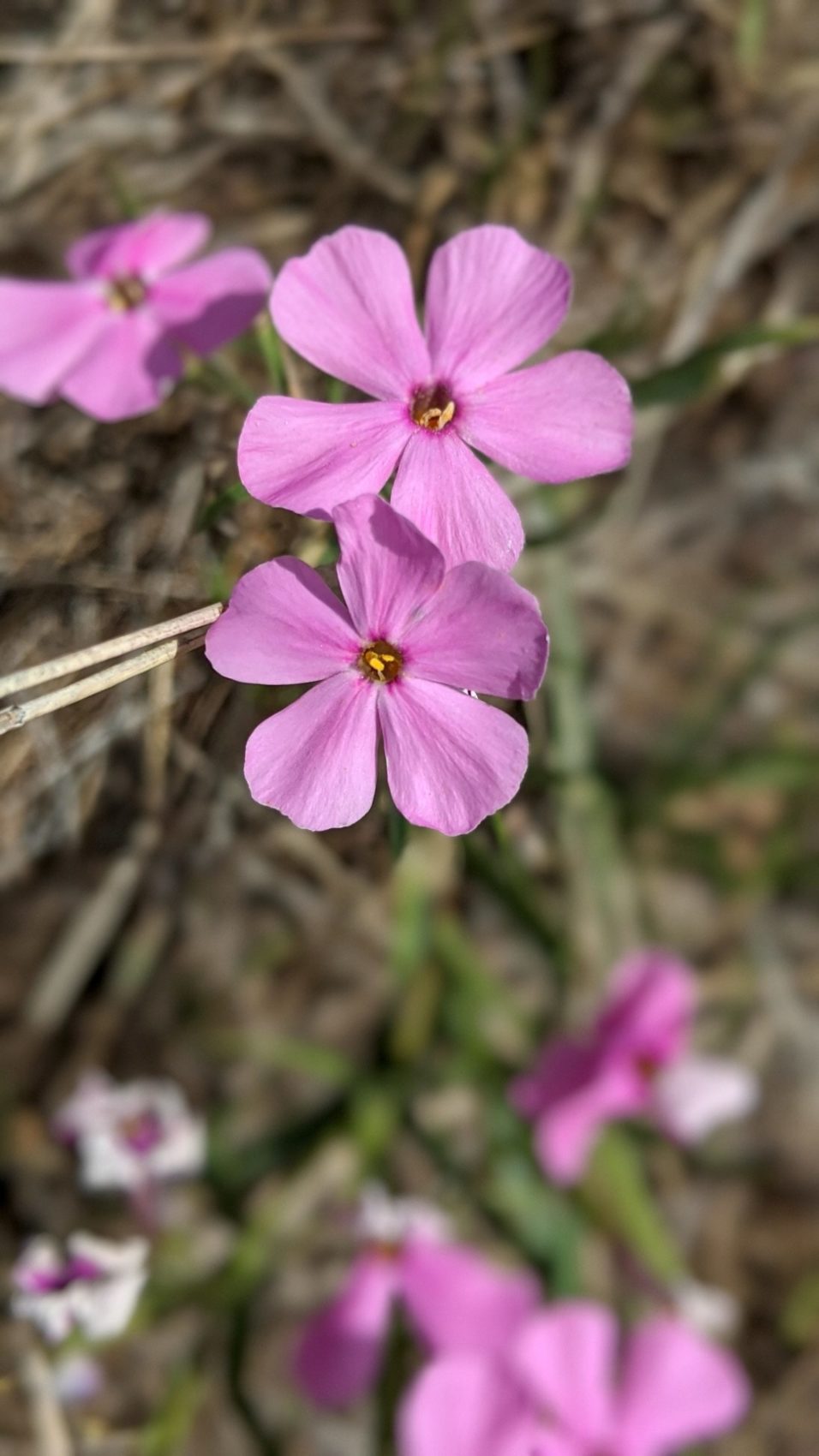
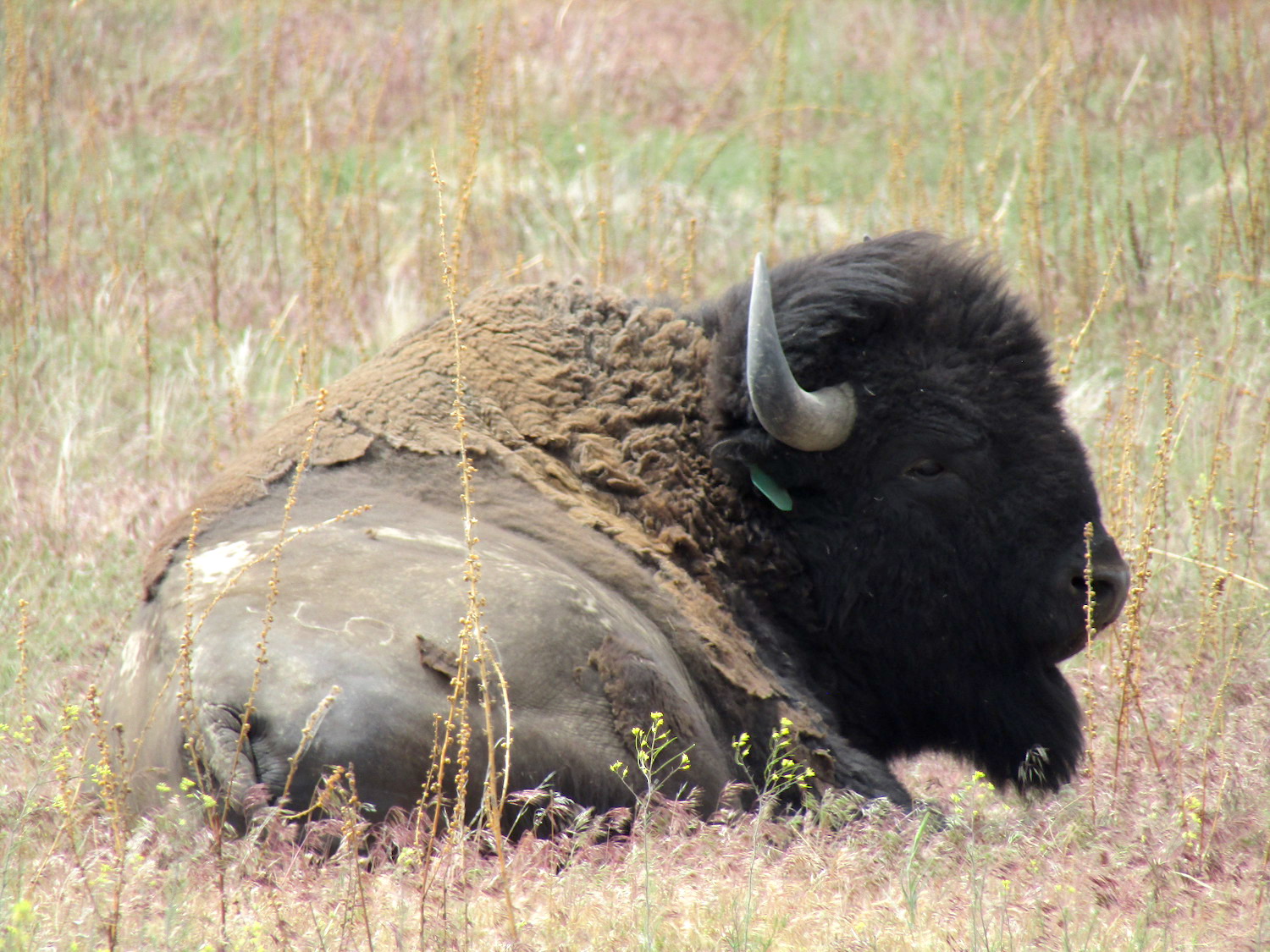
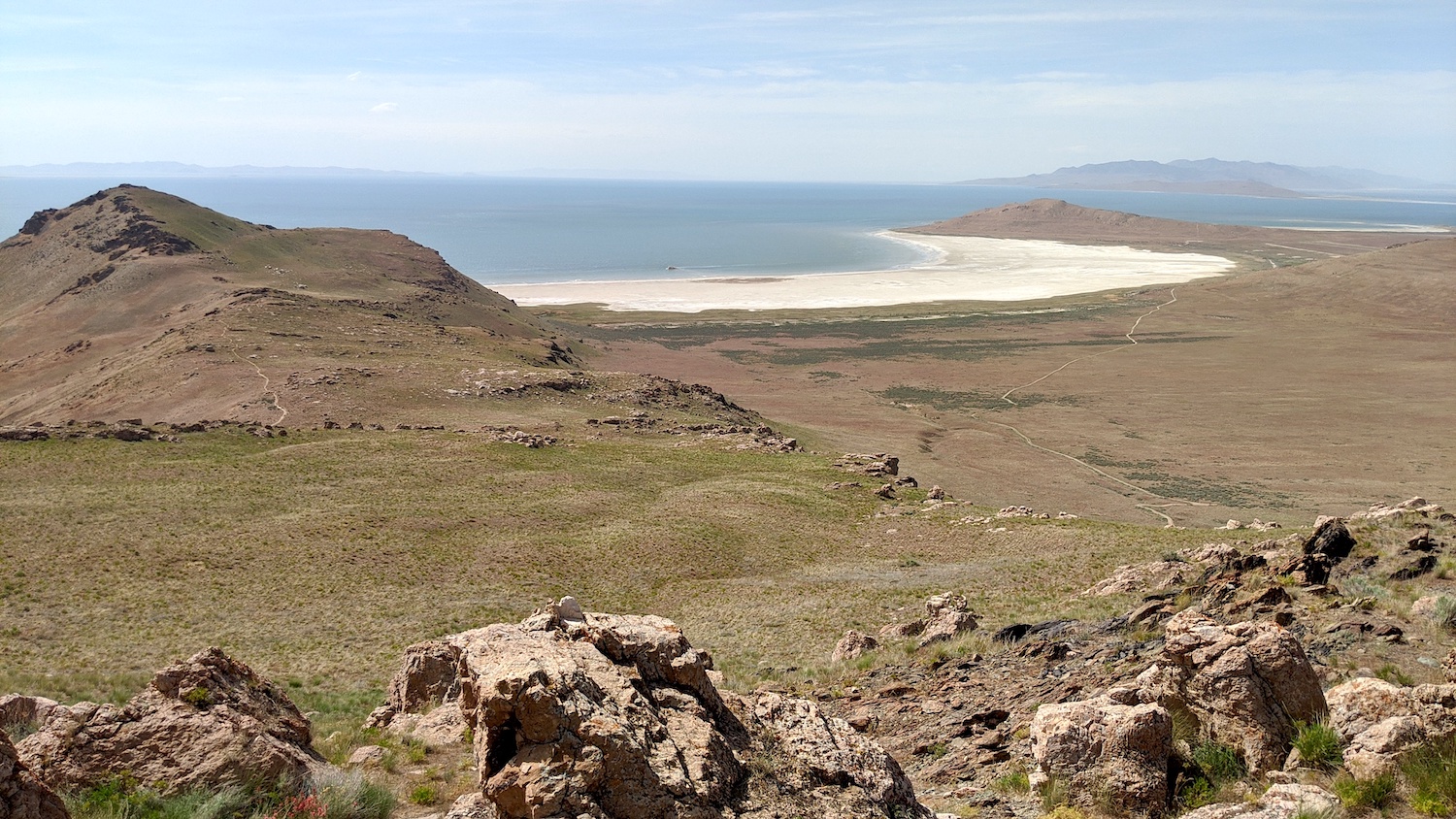
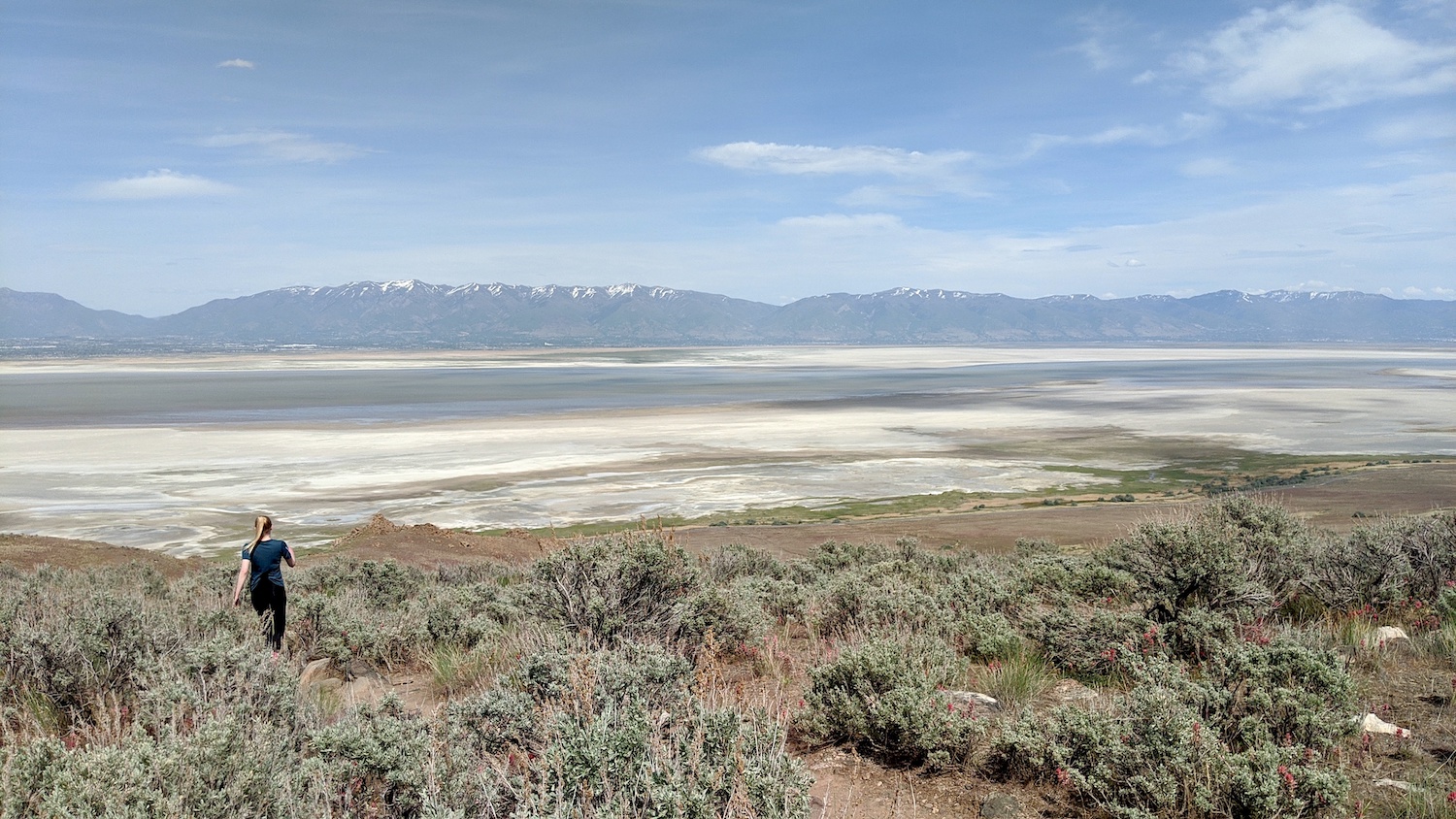

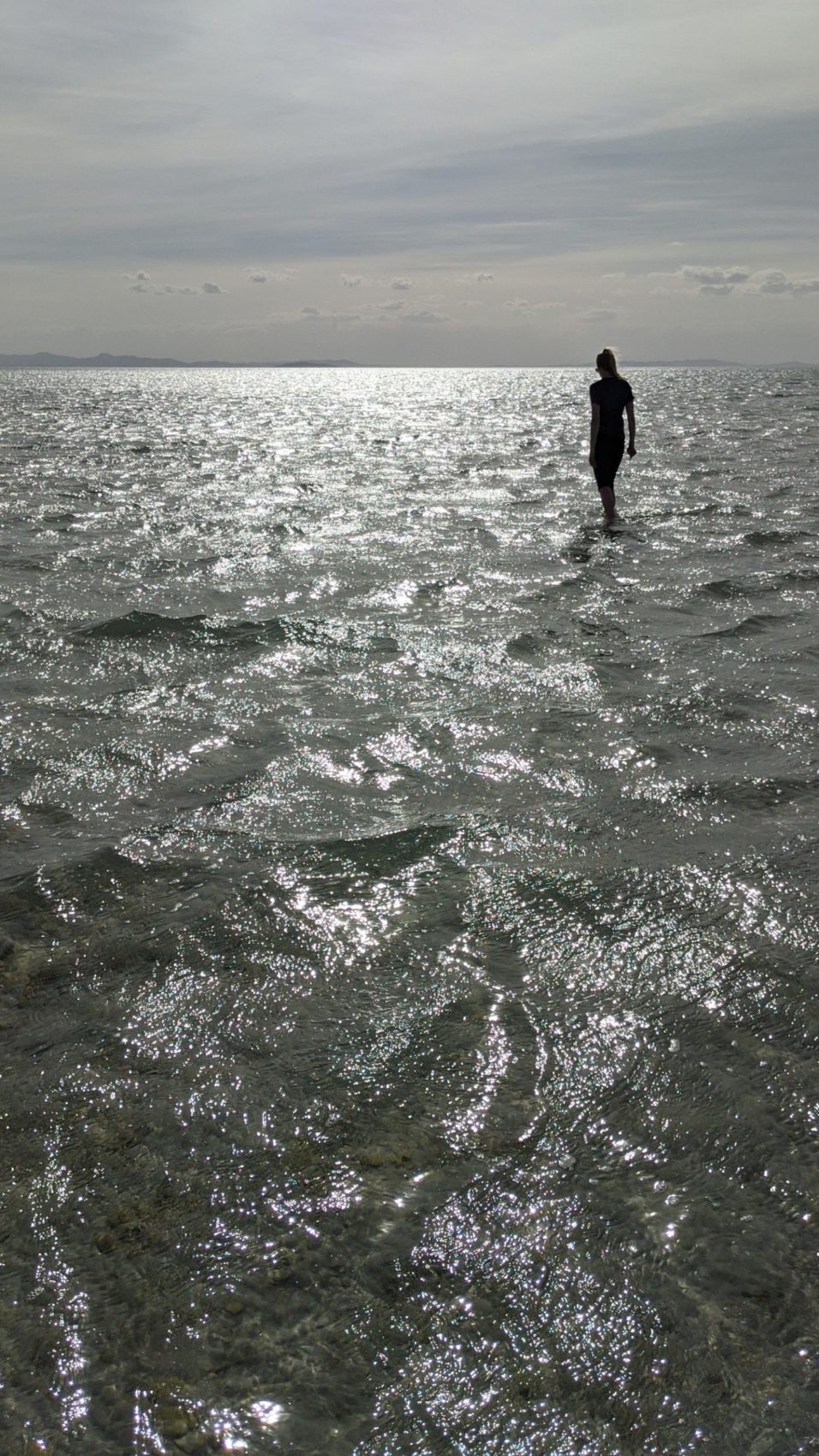
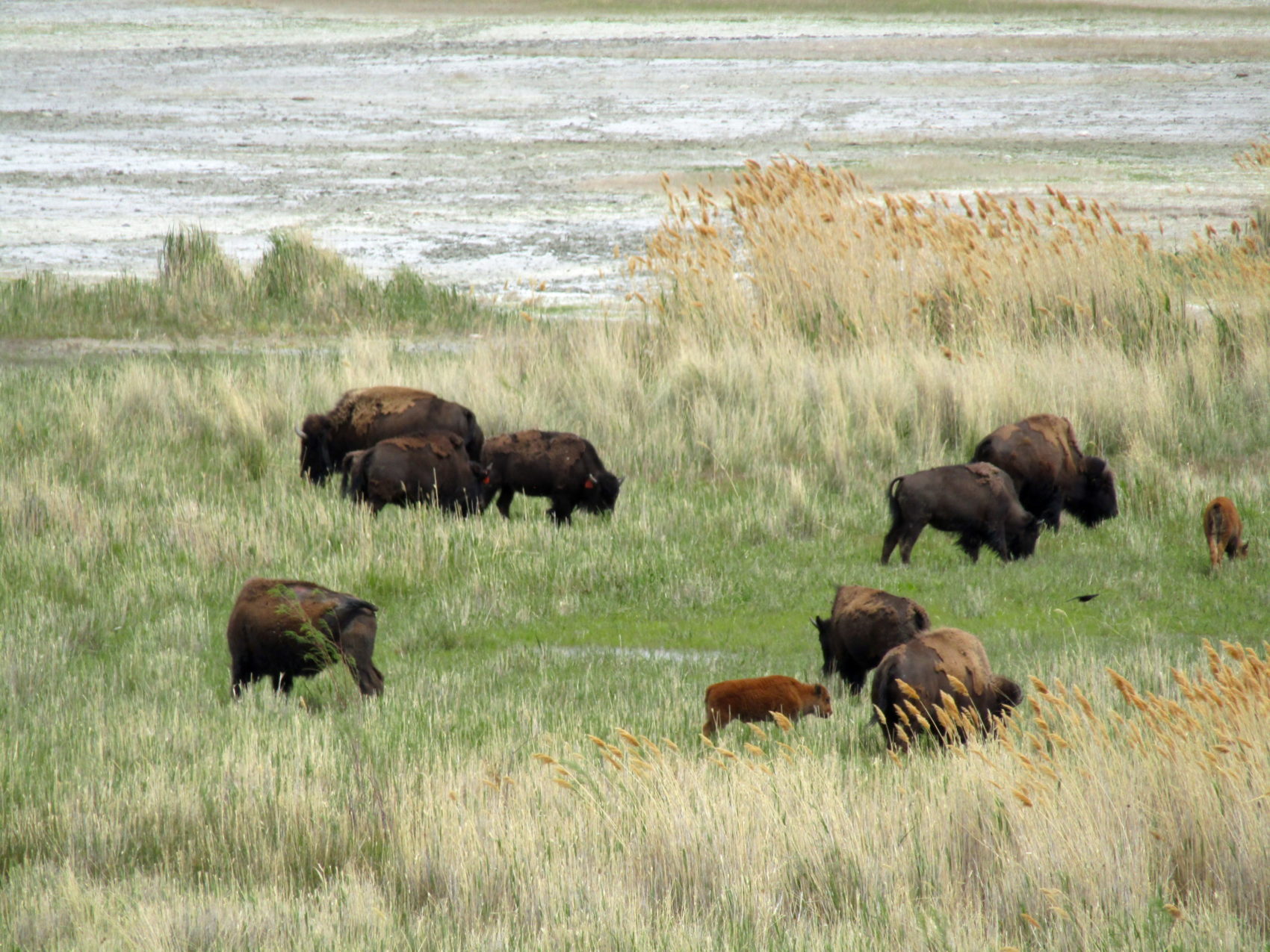
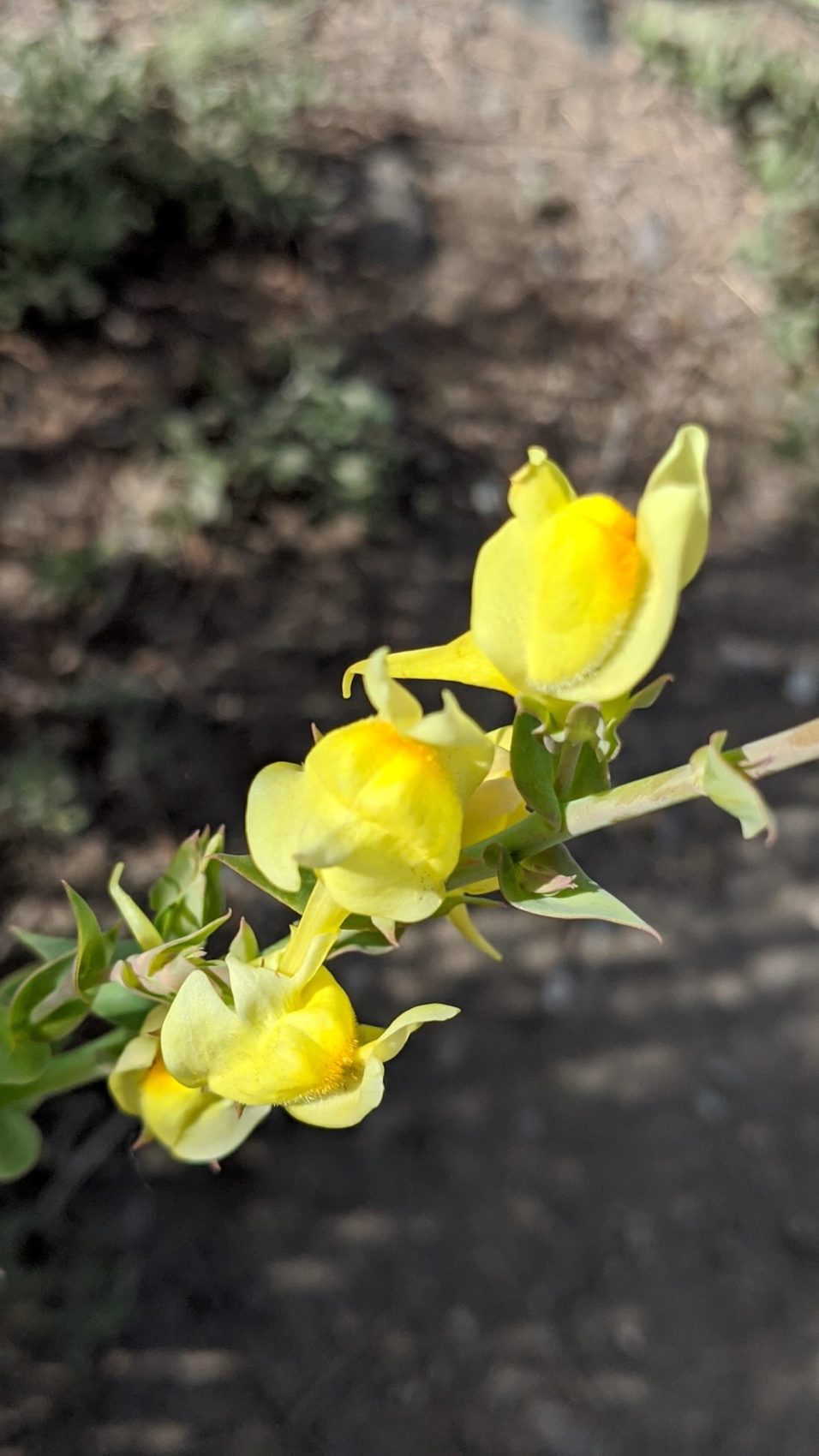
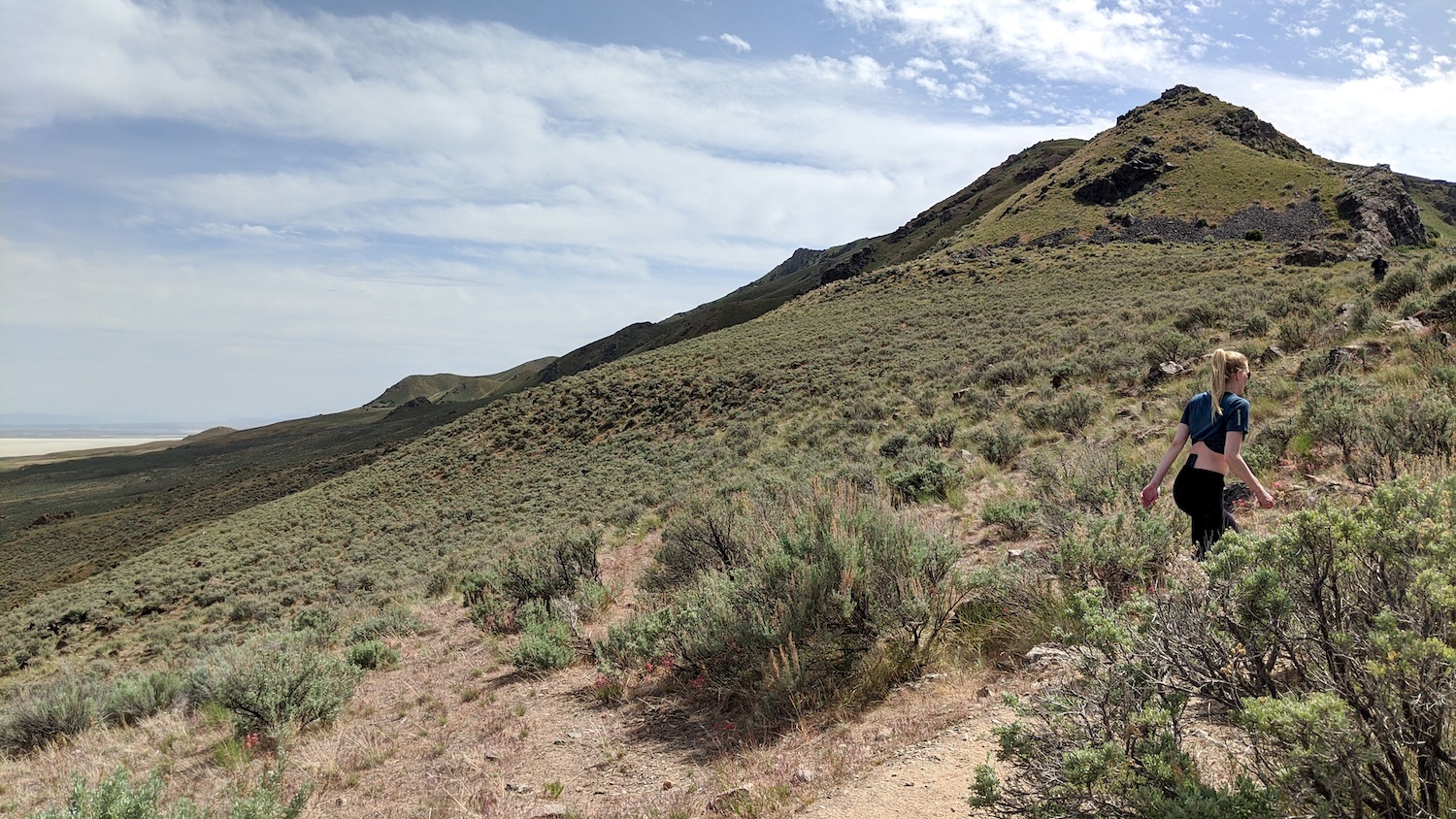
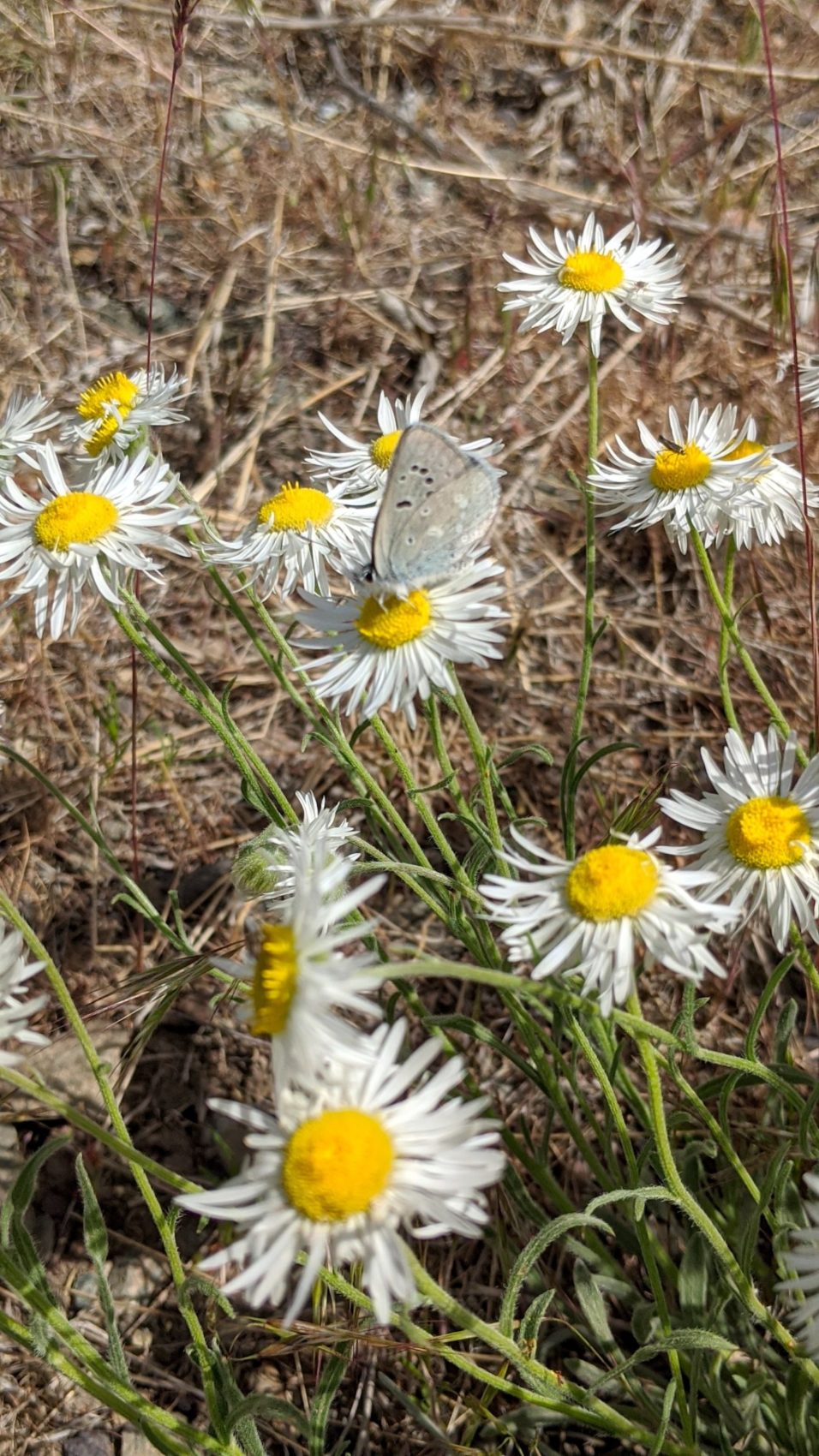


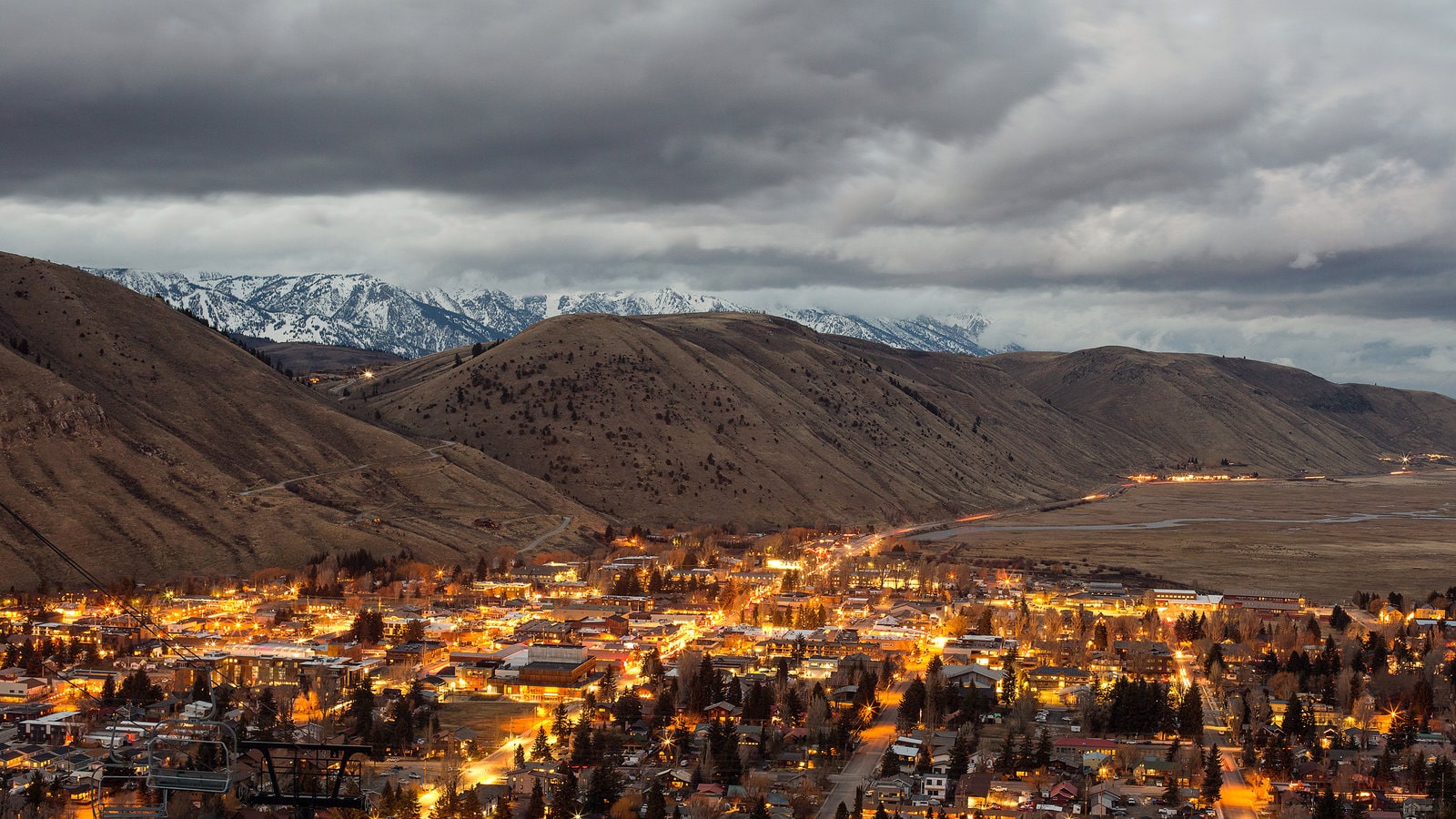
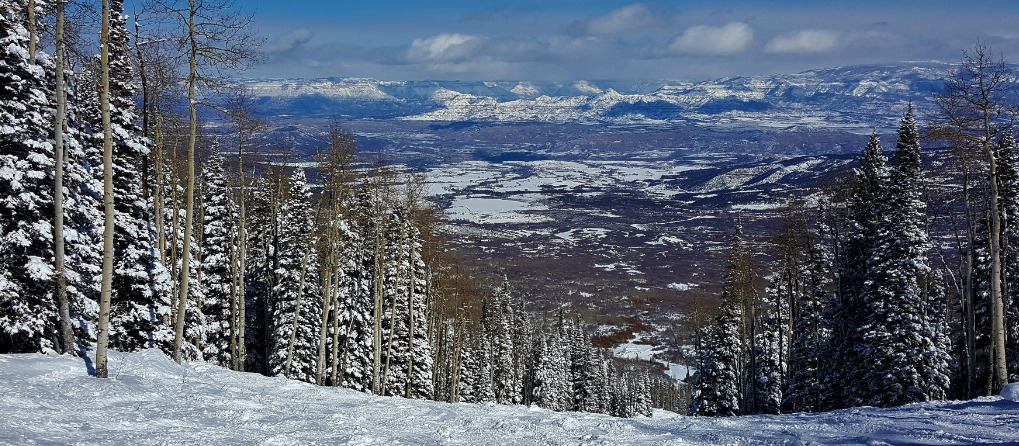

Damn white man.
My great great grandfather James Walker rafted the bison to the island and lived on the ranch for a number of years. Antelope island is great mountain biking too.
Wow, thats amazing. Please share more details if you like. thx
They are bison, not buffalos.
Yup, we got that in there. The terms are interchangeable to the public. Thanks much.
Then you can use the correct term, and the public will be fine with it.
Thanks for the comment. I prefer Buffalo and I believe many others do as well. It’s more fun to say “Buffalo”!
https://en.wikipedia.org/wiki/American_bison
Thanks again
Nice article, but when I read this I knew something didn’t sound quite right about your Bison facts. There were once 30-60 MILLION Bison roaming North America, not 60,000. There are currently about 500,000.
Hey, thanks for the updated info! We’ve updated the article with more accurate buffalo data. Thanks again and have a great day – Martin